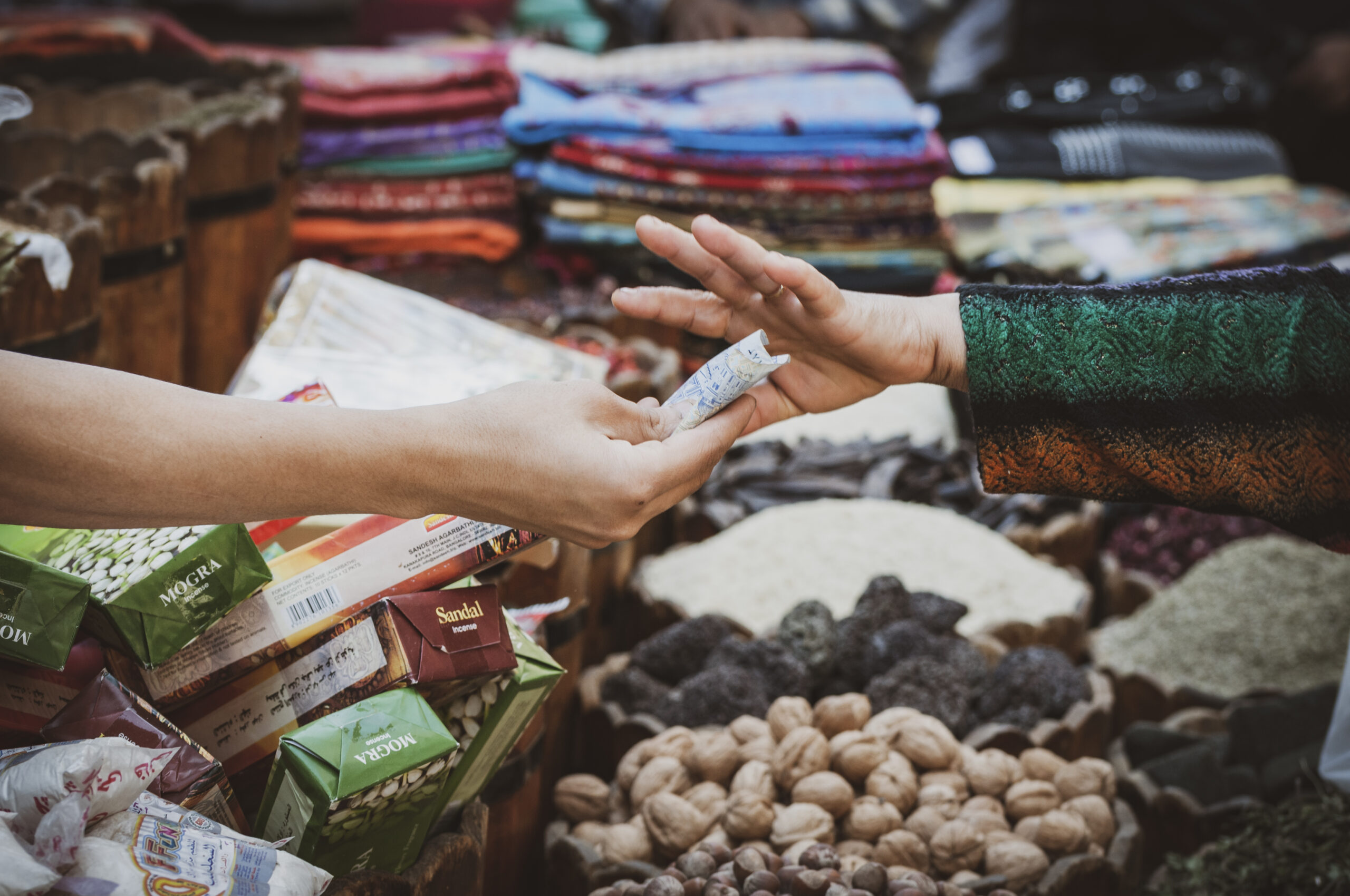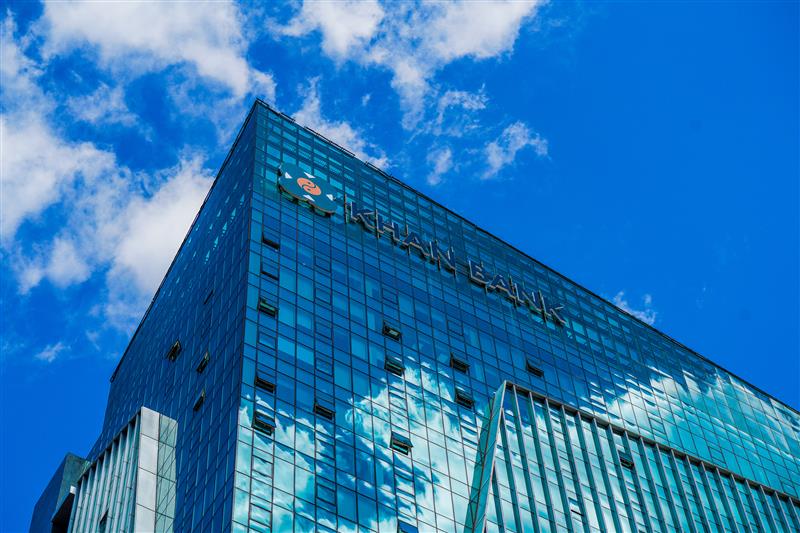Financial inclusion is easy to preach, but harder to make progress on. What Egypt has managed to do over the last few years is remarkable. As the Central Bank of Egypt’s (CBE) 2022-25 Financial Inclusion Strategy nears its end, the official statistics show that the financial inclusion rate – defined by the CBE as the percentage of adults who own and actively use at least one transactional product or service – hit 75% at the end of 2024..
“‘[Egypt’s] progress on financial inclusion is impressive,” says Constantinos Kypreos, Senior Vice President, Moody’s Ratings, noting that the financial inclusion figure was just 27% back in 2016.
National-level programmes have played a key role in driving inclusion. The Haya Karima (Decent Life) initiative started in 2019 and includes the provision of microloans to people and associations in rural areas. While Cairo and Alexandria serve as major urban hubs, over 50% of Egypt’s population continues to reside in rural regions.
In the banking sector, Kypreos points to simplified KYC procedures, the use of agency banking and the CBE’s improved payment systems and digital networks as instrumental in deepening financial inclusion. In particular, integrating agency banking with digital account platforms has been instrumental in expanding access to the underbanked. But Egypt’s lenders have also rolled out a range of cutting-edge tools that have helped reach new customers.
“Advancements such as digital account opening platforms, automated onboarding processes, robotics process automation and artificial intelligence have streamlined customer acquisition and enhanced service delivery,” says Islam Zekry, Group Chief Finance & Operation Officer at Commercial International Bank (CIB). “These innovations have reduced reliance on traditional branches, lowered operational costs and extended banking services to remote and underserved areas.”
Fintechs have also played a key role in expanding financial inclusion. Payment solution pioneer Fawry, omnichannel payment infrastructure provider Paymob and consumer lender MNT-Halan are just a few of the dozens of firms transforming Egyptian finance by breaking down traditional access barriers.
MSME lending stalled
Yet challenges remain. Rapid digital innovation has introduced diverse platforms and new stakeholders into the financial ecosystem. Although regulators have worked to harmonise standards across these platforms, the lack of finalised digital KYC regulations remains a significant barrier.
Kypreos says that the financial services on offer are more geared towards transactional, payment and savings/deposits solutions. In addition, access to bank lending for certain segments of the society has room for further improvement. Female financial inclusion at the end of 2024 was approaching 69%, according to CBE estimates, lower than the figure for adults as a whole but up from just 50% as recently as 2021. The figure for youth – defined by the CBE as those aged 15–35 – increased to 53% by end-2024, up from 36% in 2020. “Continued action is pivotal to cater to marginalised groups, including women and youth,” says Zekry.
Partnerships between banks, fintechs and mobile network operators have been – and will continue to be – important in creating innovative solutions to inclusion gaps. CIB is considering a partnership with the student discount app Youth. “Youth incorporates gaming and financial literacy tools, creating an engaging and educational financial ecosystem,” says Zekry. “By combining banking with learning and entertainment, CIB ensures that young people develop essential financial habits while enjoying a tailored digital experience.”
The widespread adoption of mobile devices highlights the growing importance of both digital literacy and resilient infrastructure. Yet many rural and underserved communities still lack reliable internet access and the skills needed to fully participate in the digital economy. Bridging this divide will require coordinated investment in public education and infrastructure development.
Lending to micro, small, and medium-sized enterprises (MSMEs) remains a persistent challenge. The IFC estimates that MSME’s comprise 98% of Egyptian businesses and account for more than 40% of the country’s GDP. Clearly, this is a crucial segment of the economy, but it is one that still struggles to access funding. A 2025 S&P Global report on financial inclusion in emerging markets notes that Egypt’s “efforts to increase private sector leverage and entrepreneurship have faltered.”
Back in 2016, the central bank instructed lenders to raise the share of MSME loans in their portfolios to 25%. Year after year the banking sector has failed to hit this target. As S&P Global notes, the most recent deadline extension on the 25% target was December 2024. The rating agency estimates MSME lending is only 7%-8% of banks’ loan books, and expects growth in that figure to remain “sluggish”.
While these shortfalls are significant, they represent opportunities for banks to diversify credit risk and support broader economic participation. Partnering with fintechs and developing new digital products to bolster MSME lending offers banks a way to “diversify loan portfolios that are currently concentrated in correlated blue-chip corporations, public companies, and private companies operating in the public sector,” according to the S&P Global report. Similarly, household credit as a share of GDP remains well below regional peers such as Morocco and Jordan, indicating untapped demand and growth potential. Bringing this up would be a boon for the banking sector and wider economic growth.





